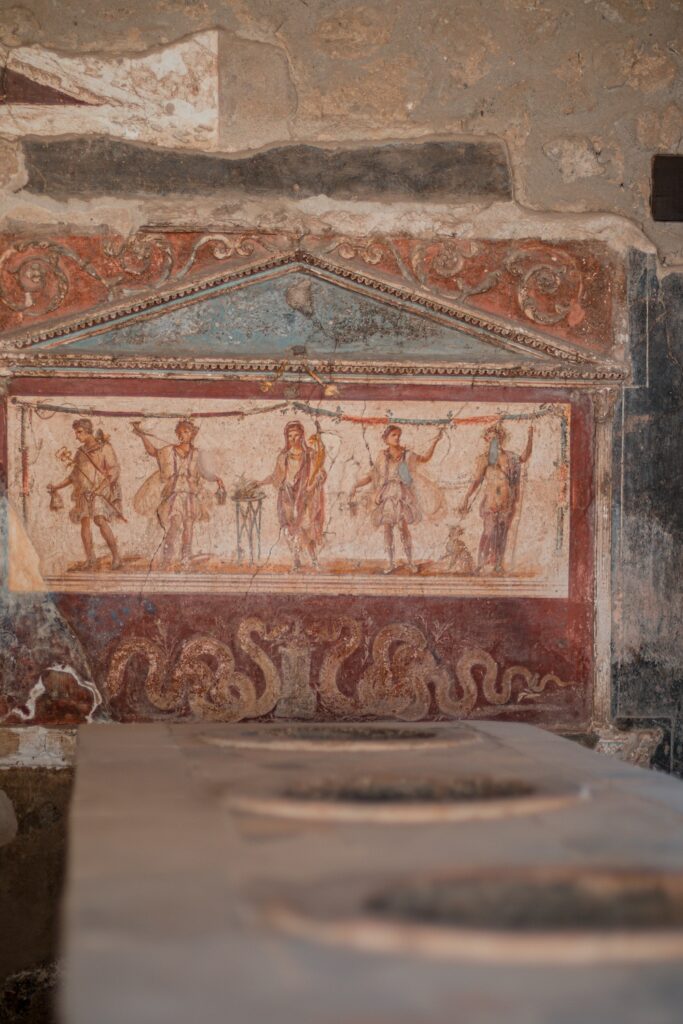
Meeting minutes have long been a vital tool for documenting the proceedings of gatherings, serving as an official record of discussions, decisions, and actions. The practice of minute-taking has evolved significantly over centuries, influenced by cultural, technological, and organizational changes. This article explores the history and evolution of minute-taking, highlighting key developments and their impact on how we record meetings today.
Ancient Roots
Early Documentation: The concept of recording meetings dates to ancient civilizations. The Greeks and Romans documented their council meetings and public forums on tablets and papyrus. These early records were primarily focused on legal and political matters, ensuring accountability and transparency in governance.
Medieval Manuscripts: During the Middle Ages, minute-taking became more formalized within monastic and administrative settings. Monasteries kept meticulous records of their chapter meetings, documenting decisions on religious, financial, and community matters. Scribes played a crucial role in maintaining these records, often using Latin to ensure a consistent and official tone.
The Rise of Bureaucratic Record-Keeping
Renaissance and Early Modern Periods: The Renaissance period saw a surge in bureaucratic and organizational record-keeping. With the growth of commerce, trade guilds, and municipal governments, the need for systematic documentation of meetings became more pronounced. The invention of the printing press in the 15th century further facilitated the standardization and dissemination of written records.
Colonial and Parliamentary Practices: In the 17th and 18th centuries, colonial administrations and parliamentary bodies formalized minute-taking practices. The British Parliament, for instance, developed a structured approach to documenting debates and decisions, a practice that was emulated by colonial governments in the Americas and other parts of the world. These records were essential for maintaining legal and administrative continuity.
Industrial Revolution and Modernization
Corporate and Organizational Minutes: The Industrial Revolution brought about significant changes in organizational structures and communication methods. Corporations and large organizations began to adopt formal minute-taking practices to document board meetings and managerial decisions. The rise of professional secretaries and stenographers in the late 19th and early 20th centuries marked a shift towards more precise and detailed record-keeping.
Technological Advancements: The advent of typewriters, and later computers, revolutionized minute-taking. Typewritten minutes were easier to produce, read, and distribute, enhancing the efficiency of documentation. By the mid-20th century, electronic recording devices became common, allowing for audio recordings of meetings, which could later be transcribed.
The Digital Age
Electronic and Digital Minutes: The late 20th and early 21st centuries saw a rapid transition to digital minute-taking. Personal computers, word processing software, and email facilitated the creation, storage, and distribution of minutes. Digital archives made it easier to search and retrieve past records, improving accessibility and organizational memory.
Cloud-Based Solutions and Collaboration: Today, cloud-based applications and collaborative tools like Google Docs, Microsoft Teams, and specialized minute-taking software have transformed the process. These tools enable real-time collaboration, allowing multiple participants to contribute to and review minutes simultaneously. Features like automated transcription, task management integration, and searchable databases have further enhanced the efficiency and accuracy of minute-taking.
Cultural and Organizational Influences
Diverse Practices: Minute-taking practices vary across cultures and organizations. While some cultures emphasize detailed and formal records, others may prioritize brevity and informality. Organizational norms and the nature of the meetings also influence how minutes are taken and used.
Evolving Roles: The role of the minute-taker has evolved from being a passive recorder to an active participant in meetings. Minute-takers today are often responsible for summarizing discussions, highlighting key decisions, and ensuring that action items are clearly documented and tracked.
The history and evolution of minute-taking reflect broader changes in communication, technology, and organizational practices. From ancient tablets to cloud-based solutions, the methods and tools used for documenting meetings have continuously adapted to meet the needs of different eras. As technology continues to advance, the future of minute-taking will likely involve even more innovative and efficient ways to capture, share, and utilize meeting records, ensuring that this essential practice remains relevant and valuable in a rapidly changing world.
